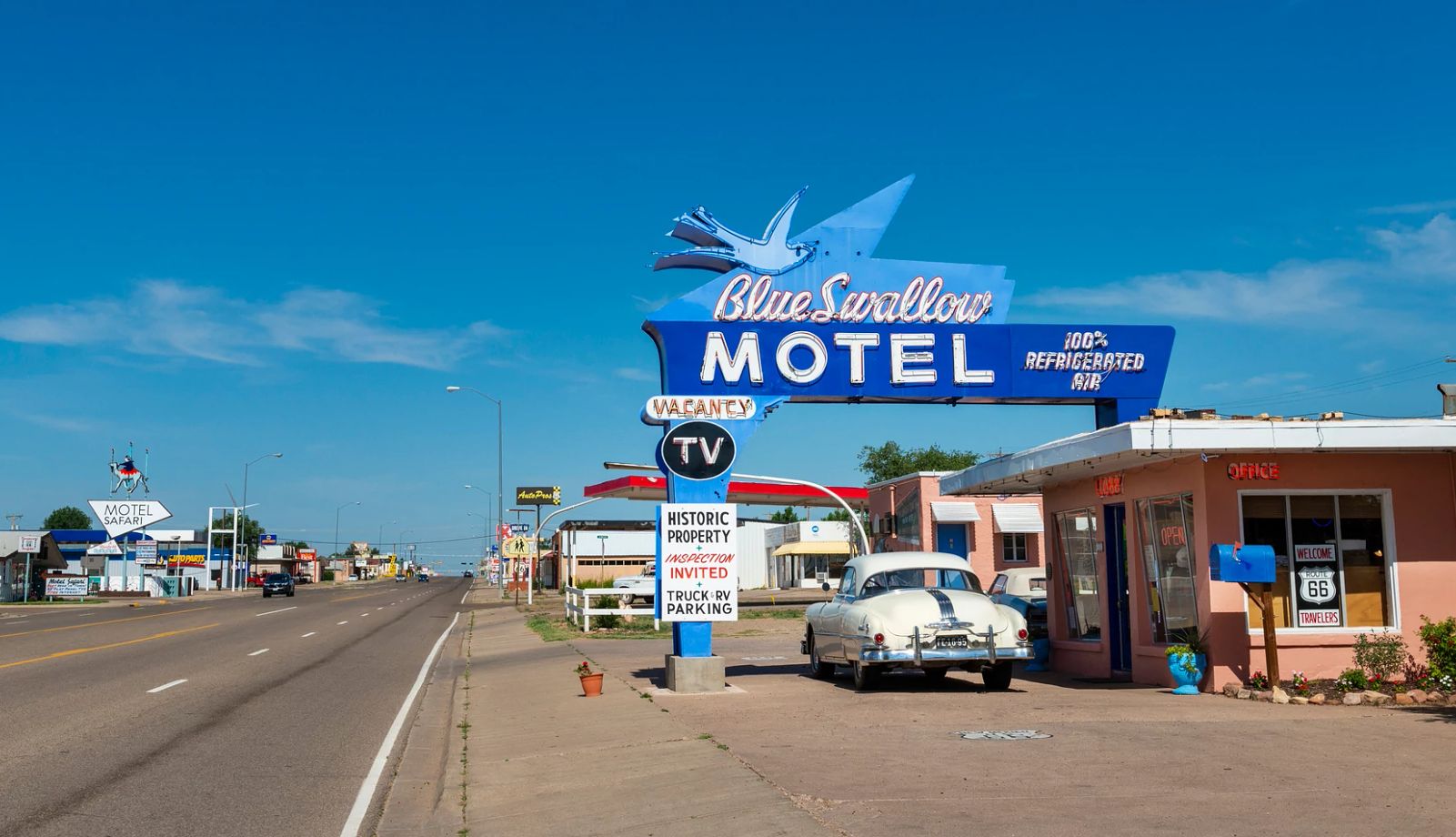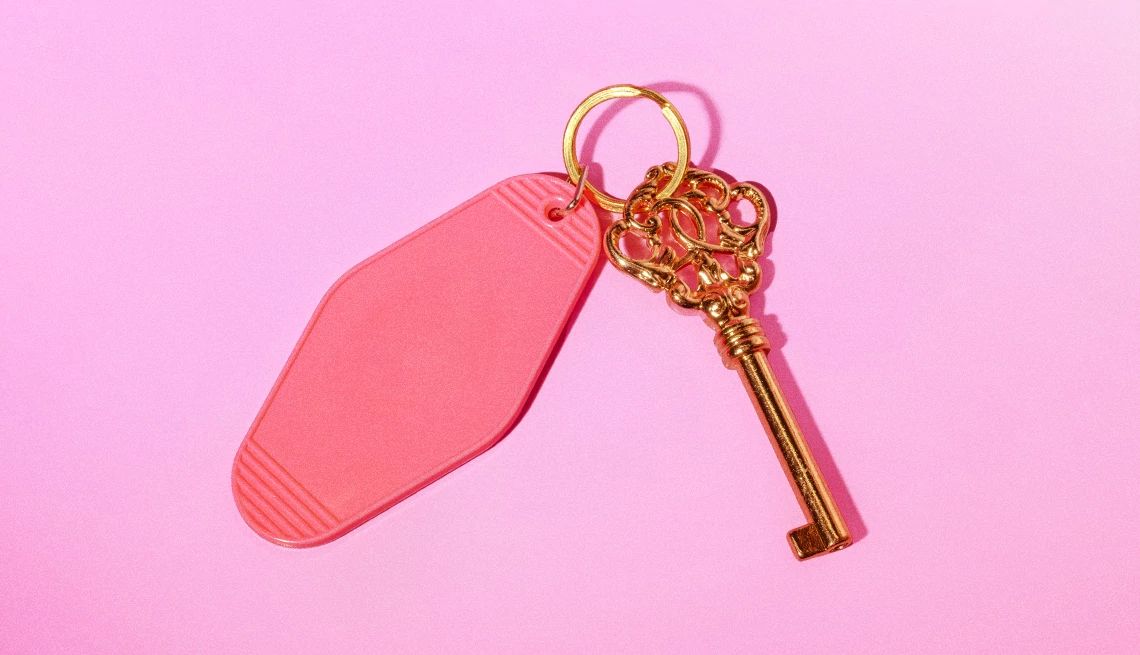AARP Eye Center
The Skype Solution for the Deaf and Hard of Hearing
By Katherine Bouton, November 18, 2015 11:43 AM
The other day I was sitting in my neighborhood Starbucks surrounded by the chatter of conversation and people hunched over their laptops or newspapers. At one table, however, something remarkable was going on.

A woman was sitting in an armchair, her laptop perched on a table in front of her. She was having an exuberant conversation — in sign language. Not a sound came from her except for an occasional guffaw, but her conversation was so animated you almost felt you could hear it.
Skype allows sign-language users to communicate in a way that never before was possible. So do other apps, and in other ways.
Get discounts on hearing aids and more with your AARP Member Advantage »
Recently I was dropping off some clothing at the Goodwill truck in my neighborhood. When I pulled up, I saw the driver in the back of the truck, his smartphone in one hand and the other motioning with a one-handed version of sign language. His wife is deaf, he told me, and they keep in touch via FaceTime.
Skype also has an app that allows the deaf to converse with a hearing person who does not know sign. The hearing person speaks, and Skype Translator converts the speech into instant text.
Ted Hart, the Microsoft researcher who help adapt Skype Translator for use by the deaf and hard of hearing, is deaf himself. At home he uses sign with his hearing wife, but to speak to her by phone involved multiple steps and a third party, and was not a very satisfactory mode of communication. Now he simply turns on the Skype Translator app and calls. Although it does not replace an ASL interpreter in business meetings, he says in a video on the app that it can be used when an interpreter is not available.
Skype and Apple’s FaceTime are also great tools for the hard of hearing. Using Skype, the hard of hearing caller not only can read the lips of the speaker, but thanks to Skype Translator can read their words as text. Skype Translator began as a translation service but has turned out to be an invaluable assistive listening device.
Skype is a free service, as is FaceTime. Most people are aware of it as a way for families to communicate with those who are far away, including service members in war zones. But it’s also a low-cost way to communicate with hard of hearing people closer to home. You can even have a family meeting or a reunion of old roommates, since Skype allows multiple simultaneous connections.
A few decades ago, the home videophone was on the horizon. That never came to be, perhaps because Skype, first released in 2003, quickly filled the void. Skype has changed hands several times since its development by Scandinavian researchers, but its headquarters are still in Europe, and the development team and a large percentage of the employees are still situated in Estonia. It has been owned by Microsoft since 2011.
How would you put $10,000 to work? Sharpen your job skills and enter for a chance to win the big prize! Ends 1/31/16. No purchase necessary. See official rules »
Skype provides a multimedia way for the deaf and hard of hearing to communicate. Because it has video, it enables speech-reading. Because it can be used in chat mode, it allows you to type as you speak. It’s free for the most part, though there is a charge if you are calling a landline or mobile phone.
All you need to set up Skype is a computer with Internet service. To get sound and video you need a camera and microphone, standard in most computers. The Skype Translator app is easy to install. There is one drawback: If you have an older computer, especially a Mac, you may need help installing the software. Once installed, it’s easy to use. Or so they say. I wasn’t able to install it on my Mac, with OS 10.5.7. I’m working on it.
Photo: Humonia/iStock
Also of Interest
- Study: Hearing aids may help protect brain health
- Downsizing? Ditch these 12 items
- Get Help: Find out if you're eligible for public benefits with Benefits QuickLINK
- Join AARP: Savings, resources and news for your well-being
See the AARP home page for deals, savings tips, trivia and more.































































